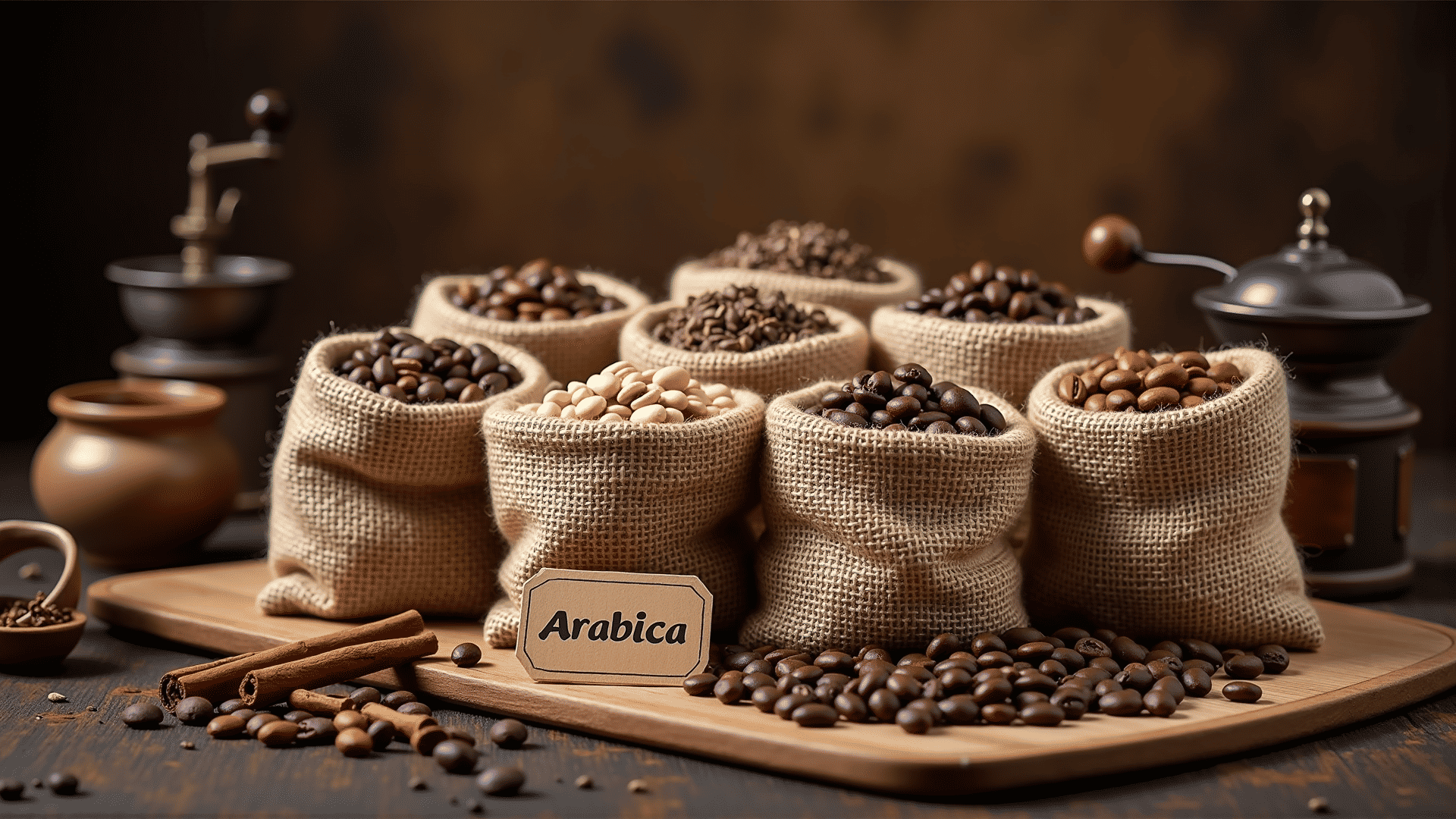Coffee is one of the most beloved beverages around the world, consumed in various cultures and enjoyed in countless forms. The journey of coffee begins with the humble coffee bean, the seed of the Coffea plant. Two main species dominate the coffee industry: Coffea arabica and Coffea canephora, commonly known as Arabica and Robusta. Each variety offers unique characteristics and flavor profiles that contribute to the rich tapestry of coffee experiences enjoyed by aficionados everywhere.
Arabica: The Elegant Bean
Arabica beans are the most popular and widely produced coffee variety, accounting for approximately 60-70% of global coffee production. Native to the highlands of Ethiopia, Arabica plants are delicate and thrive in higher altitudes with a cooler climate. This fragility requires specific growing conditions, meaning these beans are often grown at altitudes between 2,000 to 6,000 feet above sea level.
What sets Arabica apart is its complex flavor profile. These beans are known for their mild and aromatic qualities, often described as having sweet and soft notes with hints of fruits, nuts, and chocolate. Arabica coffee is typically lower in caffeine than its Robusta counterpart, which contributes to its milder taste. The acidity in Arabica is generally higher, adding a lively and crisp element to the brew.
Arabica beans have a pleasing aesthetics as well, characterized by a flat, elongated shape and a pronounced line down the middle. The delicate nature of these beans extends to their production process, requiring careful handling and processing to preserve their nuanced flavors.
Robusta: The Bold Bean
In contrast to Arabica, Robusta beans are heartier and more resilient. Originating from sub-Saharan Africa, Robusta is named for its robust nature, able to withstand harsher climates and more resistant to diseases and pests. These beans thrive in lower altitudes and more varied conditions, making them easier and less costly to cultivate.
Robusta beans have a strong and often harsh flavor profile. They are known for their full-bodied taste with earthy, woody, and nutty notes, and some describe a slight bitterness that can be desirable in certain coffee blends. With nearly double the caffeine content compared to Arabica, Robusta’s pronounced strength in flavor can provide a powerful kick, making it a preferred choice for espresso blends and instant coffee products where a heavier body and higher crema are desired.
Physically, Robusta beans are smaller, rounder, and have a straighter crease line compared to Arabica beans. Their appearance matches their more rugged flavor, offering a robust presence in any mix.
Choosing Between Arabica and Robusta
For coffee enthusiasts, the choice between Arabica and Robusta often comes down to individual taste preferences. Arabica is celebrated for its refined complexity and delicate flavors, suitable for those who appreciate a smooth and nuanced coffee experience. On the other hand, Robusta's bold and robust profile appeals to those who enjoy an assertive and intense cup.
Moreover, the two beans are often blended to balance their respective qualities, creating a coffee experience that offers the best of both worlds—Arabica's sweetness and acidity with Robusta's body and strength.
As you explore the diverse world of coffee, it is worth sampling both varieties in their pure forms as well as in various blends. This exploration of tastes not only enriches your appreciation for this time-honored beverage but also helps you discover your personal preference in the vast landscape of coffee offerings. Whether you lean towards the elegance of Arabica or the intensity of Robusta, each bean invites you to enjoy coffee in all its splendid diversity.
